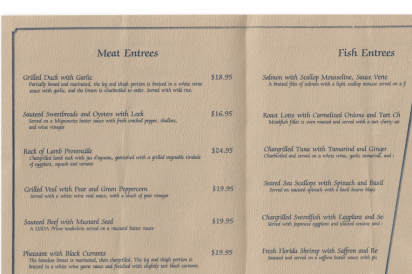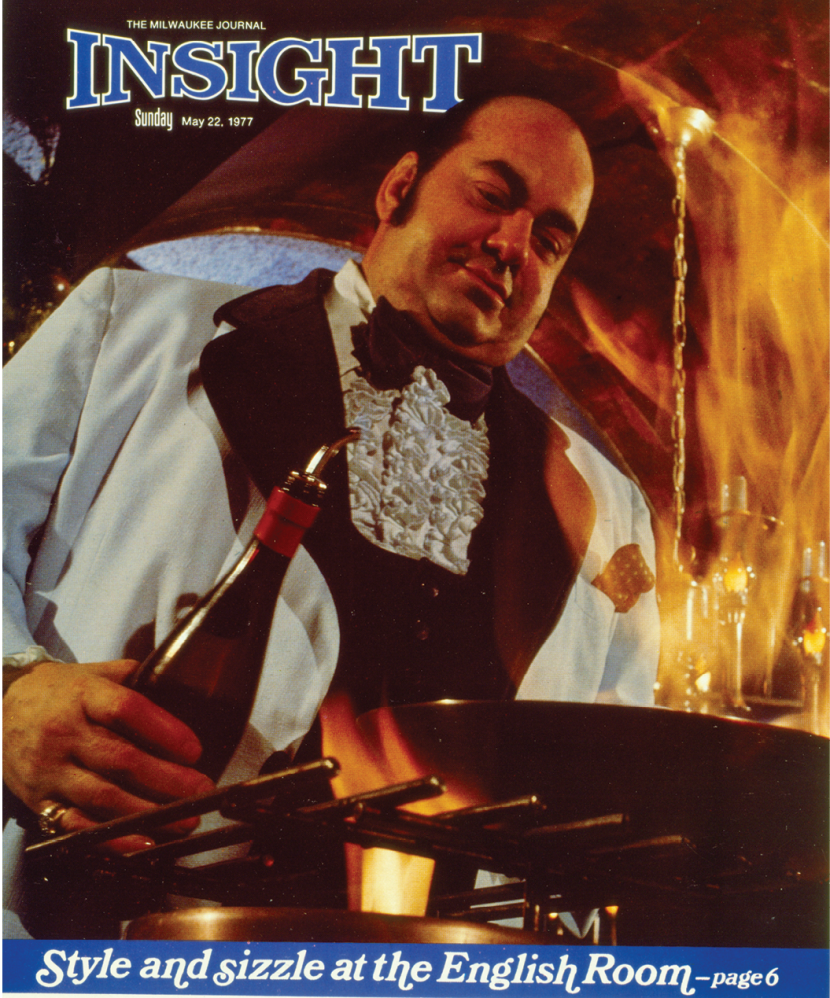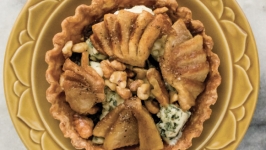Memories of Milwaukee Flavors
Some restaurants have been closed, but not forgotten. Our experiences there were so vivid, we still have memories that make us long for their return. And while we can’t go back, we still reminisce. Here are some sweet and savory memories of three retired Milwaukee establishments.
Opening in the 1970’s, The Coffee Trader wasn’t just any place; it was a third space—a place outside of home and work where people convened, not to mention it was the best place to get a cup of quality coffee within the 414 area code (which, back in those days, covered a greater geographic area).
“It was a gathering place,” says Anne E. Schwartz, who spent her days as a waitress at The Coffee Trader. “Coffee houses were kind of new, and people would come here for a cup of coffee, which at the time without refills, was $1.25. This was before anybody had ever thought of Starbucks.”
One of The Coffee Trader’s most popular dishes were the waffle fry nachos—sometimes a party of ten or so college students would get just one order to split.
The 200 types of coffees and teas on the menu were accented by breakfasts and quiches, and they were especially complemented by the luscious cakes displayed behind a glass case. “I used those cakes as currency. Sorry your burger took a half an hour, here’s the chocolate layer cake.”
Schwartz used to eat those cakes and nachos off the clock—frequently she would meet up with her coworkers at The Coffee Trader in their off hours, a ritual that sadly ended when they closed their doors in the 1990’s. “The Coffee Trader was a very special place for me, for what it did for me,” she says. “If you worked at Coffee Trader, you didn’t know that it was going to... become history.”John Byron’s had been open for two years in the First Wisconsin Building when Sandy D’Amato became its executive chef. It was 1980, and D’Amato had just come back to Milwaukee after working in New York City. “It was kind of my return to Milwaukee,” says D’Amato. “I eventually wanted to open a restaurant, but being in New York City, I’d never be able to own a restaurant because of the amount of money needed to do so...”
Just a couple of years after he started, a customer of John Byron’s wrote to Food and Wine magazine, requesting the recipe for a veal dish. D’Amato sent in the recipe—as well as an entire restaurant menu—and he got a call from the magazine’s editors. “They were like, ‘I don’t mean to sound provincial, but you’re doing this food in Milwaukee?’” he remembers.
D’Amato’s initial conversation with editors led to a magazine feature and a spot on Food and Wine’s list of the best 25 chefs in the country. What were they impressed by? “They were dishes that I wanted to try if I ever had a place, and John Byron’s was my first chance to try those dishes and really do the food I wanted to do.”
Pretty soon, John Byron’s became the place to try innovative and inventive cuisine, and several dishes that would later become classics at D’Amato’s Sanford originated at John Byron’s.
One of those dishes was the Grilled Pear and Roquefort Tart (see page 39). “That is just as perfect as any dish I’ve ever made,” D’Amato says. But another dish—one that Bon Appetit was so enchanted by that the magazine featured it in a spread about D’Amato—was his salmon and warm greens. “It’s a simple recipe, but it’s really delicious,” D’Amato says. D’Amato says he was inspired by a hot salmon dish— paillards of salmon with sorrel sauce. He would cook a very thin slice of salmon until just perfectly done, then put it directly on the greens, wilting them and serve drizzled with a warm vermouth and herb vinaigrette. “The vinaigrette by itself you could put on a shoe and eat it, it’s so good,” he says. “The vermouth works really well against the richness of the salmon, and it’s really tasty with it, but you can also use it with scallops or almost anything.”
And like any wonderful dish, it’s one that John Byron’s customers still reminisce about today after their closing in 1991.
When The English Room first opened in the lower level of the Pfister Hotel way back in 1926, surprisingly, it was an English pub! The pub opened in a space that had been previously occupied by the Pfister’s Turkish bath and laundry facilities, and was part of a general remodeling of the hotel.
A few years later that basement pub evolved into a fine dining establishment, though it kept its traditional name. An advertisement in the 1930’s boasted that the Pfister Hotel “holds the world’s record for dishes unusual,” and recommended that diners try oysters or the White House chicken sandwich, “for a thrill.”
In the 1930’s and through the early 40’s, The English Room carved beef tableside and served diners special cuts and Yorkshire pudding, while dressed in attire befitting an English host (red knee pants, red vest, white blouse, long white stockings and buckle shoes).
The plush booths, rich woods, fine artwork and beveled mirrors beckoned local diners who were celebrating special occasions, as well as the celebrities who stayed overnight in the hotel. By the end of the 50’s, the hotel went through another facelift, and that’s when The English Room was redone in rich oak, which “...presents a luncheon spot for tweedy conventioneers who like to stare at an open fireplace and meditate on business problems,” the Milwaukee Sentinel wrote.
But no matter the menu or décor, The English Room remained a mainstay on the Milwaukee dining scene, earning coveted stars (or chefs hats, depending on the restaurant reviewer). It stayed open until 2001, when it closed for a complete overhaul. The restaurant revamp was named Celia, and this more casual (read: less expensive) incarnation only lasted five years before it was completely closed. With its closing to make room for the new Pfister WellSpa, the basement finally settled back to its relaxation roots.








